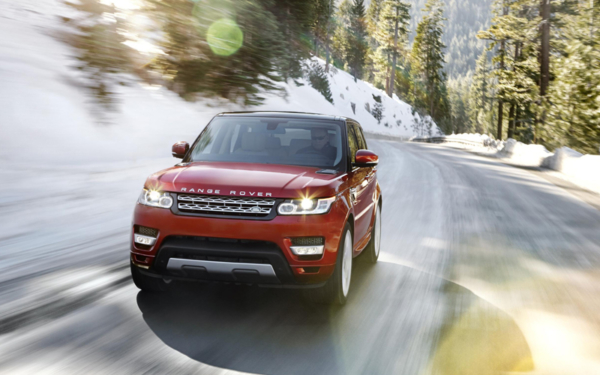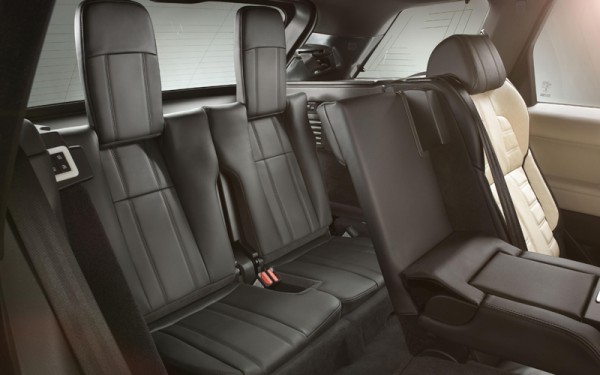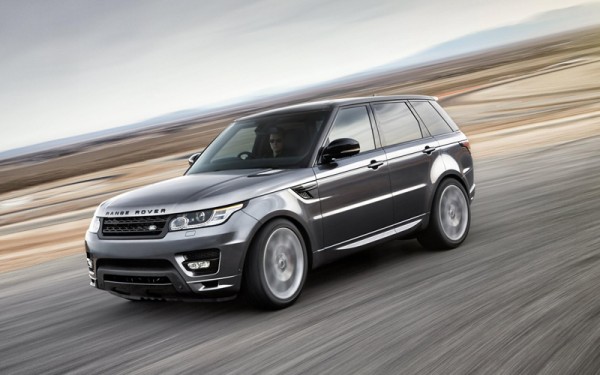
LAND Rover has been wowing the crowds at this week’s New York Motor Show with the second-generation Range Rover Sport – although pictures of the stylish new model were inadvertently leaked beforehand.
The new car, the styling of which blends elements from the smaller Evoque and the larger full-size Range Rover, is more overtly sporty than its predecessor.

The first Range Rover Sport met with some initial disappointment.
It was less dramatic in appearance than the Range Stormer concept car with which Land Rover had prepared customers for the introduction of its second Range Rover line, but it rapidly became one of the most popular Land Rover models ever, accounting for sales of over 380,000.
The original car was based on the immensely strong and heavy Discovery platform, and only really started living up to the ‘Sport’ part of its name after a mid-life update that included chassis tweaks and a big boost in power for the V6 diesel engine.
The new version shares its aluminium structure with the latest ‘full-size’ Range Rover, saving a whopping 420kg, and, model for model, the new Sport is 45kg lighter than its bigger sibling.
At the same time, Land Rover has carved out enough space within the Sport’s curvy Evoque-like body shell for a pair of small extra seats in a layout the company is referring to as ‘5+2’.
The engine line-up has a familiar look to it, with two supercharged petrol engines (a 5.0-litre 510PS V8 and a new 3.0-litre 340PS V6) and two diesels (a 3.0-litre 258PS TDV6 and a 292PS SDV6).

Later this year there will be a more powerful diesel in the form of the 4.4-litre 339PS SDV8. Land Rover’s V8 diesel never made it into the previous Range Rover Sport at all. A hybrid will arrive later this year as well – an increasingly attractive option for business car buyers.
Even without big changes to the engine line-up, though, the reduction in body weight and the introduction of stop/start are enough to reduce fuel consumption by up to 24 per cent, and 15 per cent on a like-for-like basis in the case of the TDV6 engine, with CO2 emissions as low as 194g/km.







